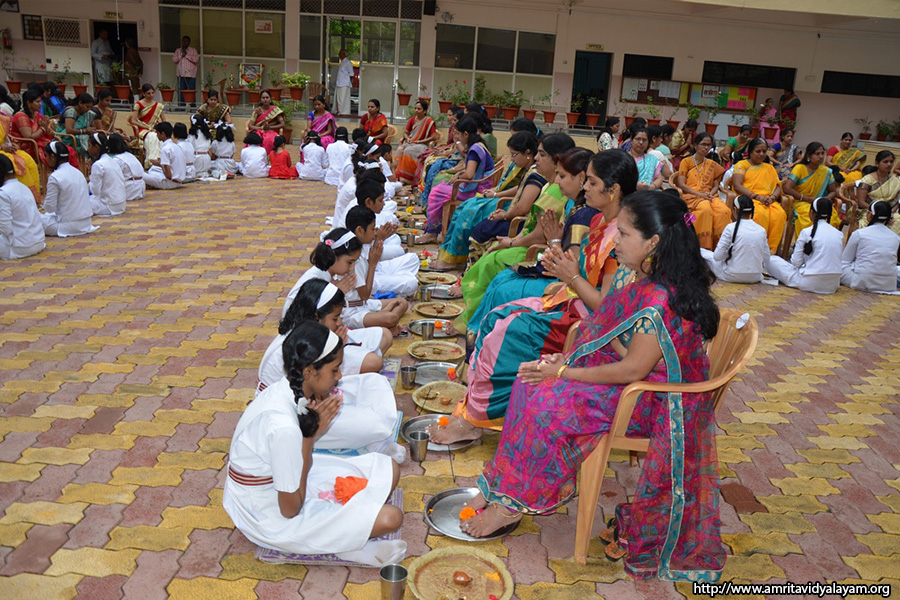Scientific significance of June 21
Yoga is an ancient Indian science of exercise and healing. It is believed to have originated in India about 5,000 years ago and an important part of Indian culture and civilization.
International Yoga Day is celebrated on June 21 to commemorate the gift of yoga that India gave to the world. The idea to mark the longest day of the year in the Northern Hemisphere, June 21, as the International Day of Yoga was proposed by India to the United Nations General Assembly in 2014. The proposal was approved by 177 co-sponsoring countries. There is a significance to why this day was chosen to celebrate Yogshastra. Let’s dive into the science and tradition of today!
Summer Solstice – Scientific Significance of 21st June

The term solstice is made up of the Latin word ‘sol’ meaning ‘sun’, and ‘sistere’ which means ‘make stand still’. Paying attention to the solstices is a way of teaching mathematics, astronomy, and history, and they play a significant role in many cultures. A solstice occurs twice a year, once in each hemisphere – the Northern Hemisphere and the Southern Hemisphere.
June 21, the summer solstice, marks the beginning of summer in the northern hemisphere. On this day, the Earth will be positioned in its orbit in a way that the North Pole is at its maximum tilt towards the Sun at 23°26′. Therefore, it is also the longest day in the year with the sun rising early and setting late for the northern hemisphere: 5:59am sunrise; 7:14pm sunset on June 21, 2021.
Photo Source: U.S. Naval Observatory and NOAA, USA Today

In India, specifically, the Tropic of Cancer passes through Ujjain and Madhya Pradesh, therefore, as the Sun reaches its peak, the shadows cast will disappear at noon if you are located in any areas positioned along the Tropic of Cancer in India.
{To clarify, June 21 is the longest day of the year in terms of more hours of sunlight—but the number of hours (24) remains the same. The significance is that it is a reversal of a shortening of nights and lengthening of days.}
Photo Source: KidsPressMagazine.com
Significance of Summer Solstice in Yogic Tradition

June 21, the summer solstice, has a special significance from the perspective of yoga. The summer solstice is considered an important day in Indian mythology as it marks an event that could be considered the start of Yogic science. According to yogic culture, over 15,000 years ago Lord Shiva appeared in the upper regions of the Himalayas. No one knew where he came from or what his origins were. He is seen as the first yogi or the Adiyogi. Saptarishis – the seven sages were insistent to learn from Lord Shiva but he refused, claiming that a lot of preparation was to be done. The Saptarishis pleaded Shiva to teach them the Science of Yoga. They sat determined through 84 years of sadhana. The day the solstice had shifted from summer to winter – that is, when the Sun transitions from being closer to the northern hemisphere (Uttarayana) run to being closer to the southern hemisphere (Dakshinayana) is culturally known as Dakshinayana- arambh (The beginning of dakshinayana).
On that day, Adiyogi looked at the Saptarishis and saw that they had become shining receptacles of knowing [1]. He could not ignore them anymore. He observed them closely and when the next full moon rose, he decided to become their guru. Thus, Lord Shiva transformed himself into the Adi Guru (the first guru) [1]. That full moon day is known as Guru Purnima. He turned south and began the transmission of yogic science to the seven disciples – Saptarishis [2].
Guru Purnima – the First Full Moon Night after the Summer Solstice
The first full moon after the summer solstice in the month of Ashadha (July-August) is known as Guru Purnima [3] and it marks the first transmission of the yogic sciences from Shiva to his first disciples, the Saptarishis. In a way, it commemorates the birth of ‘the first guru’ and the transmission of timeless yogashatra to the human race. The Saptarishis carried this knowledge throughout the world and even today, every spiritual process on the planet draws from the spine of knowledge created by Adiyogi [4]. This knowledge guided us to transcend limitations, and evolve consciously.

The word “Guru” in Sanskrit is translated as “dispeller of darkness.” A Guru dispels the seeker’s ignorance, allowing him to experience the source of creation within. The day of Guru Purnima is traditionally the time when seekers offer the Guru their gratitude and receive their blessings. Guru Purnima is also considered an especially positive day to practice yogic sadhana and meditation. It is celebrated in India as a great opportunity to pay respect and gratitude to those who we look up to and those who have guided and inspired us.
The summer solstice is of great significance, scientifically, as well as culturally. It can be considered as an auspicious day for an early morning Yoga session, and a day of reflection and mindfulness.
Guru Poornima celebration at a school in India Photo Source: Amrita Vidyalayam
Edited By: Aalisha Jadhav
Source:
1. The Origin of Yoga – Isha Foundation, Retrieved from https://isha.sadhguru.org/in/en/sadhguru/mystic/origin-of-yoga
2. Guru Purnima, Deccan Herald, , Retrieved from https://www.deccanherald.com/content/621409/guru-purnima.html
3. “Why Do We Celebrate Guru Purnima?”, Sadhguru Answers, Retrieved from https://isha.sadhguru.org/in/en/wisdom/article/why-celebrate-guru-purnima-sadhguru-answers
4. Guru Purnima 2020, Isha Foundation, Retrieved from https://isha.sadhguru.org/in/en-gb/guru-purnima


